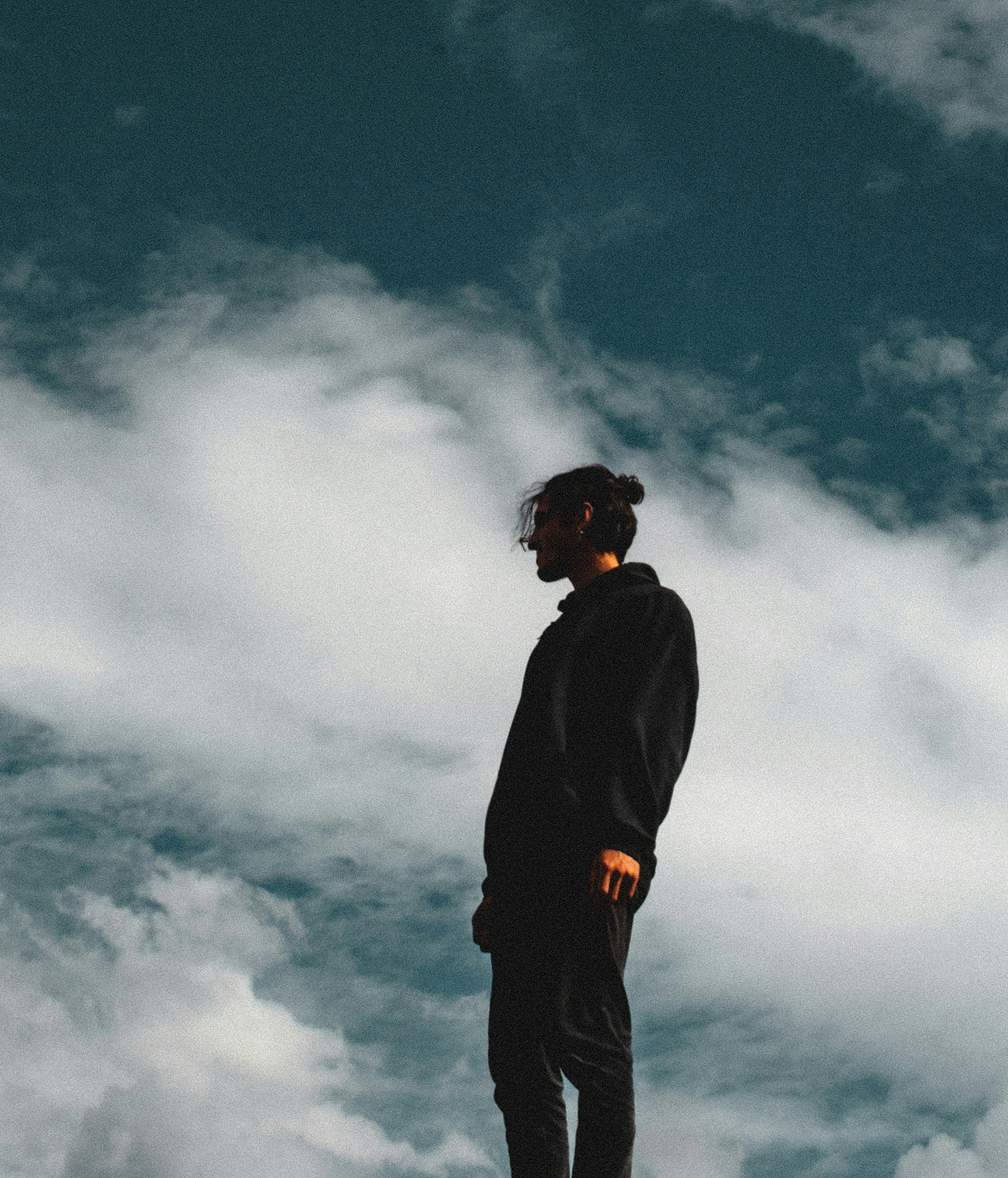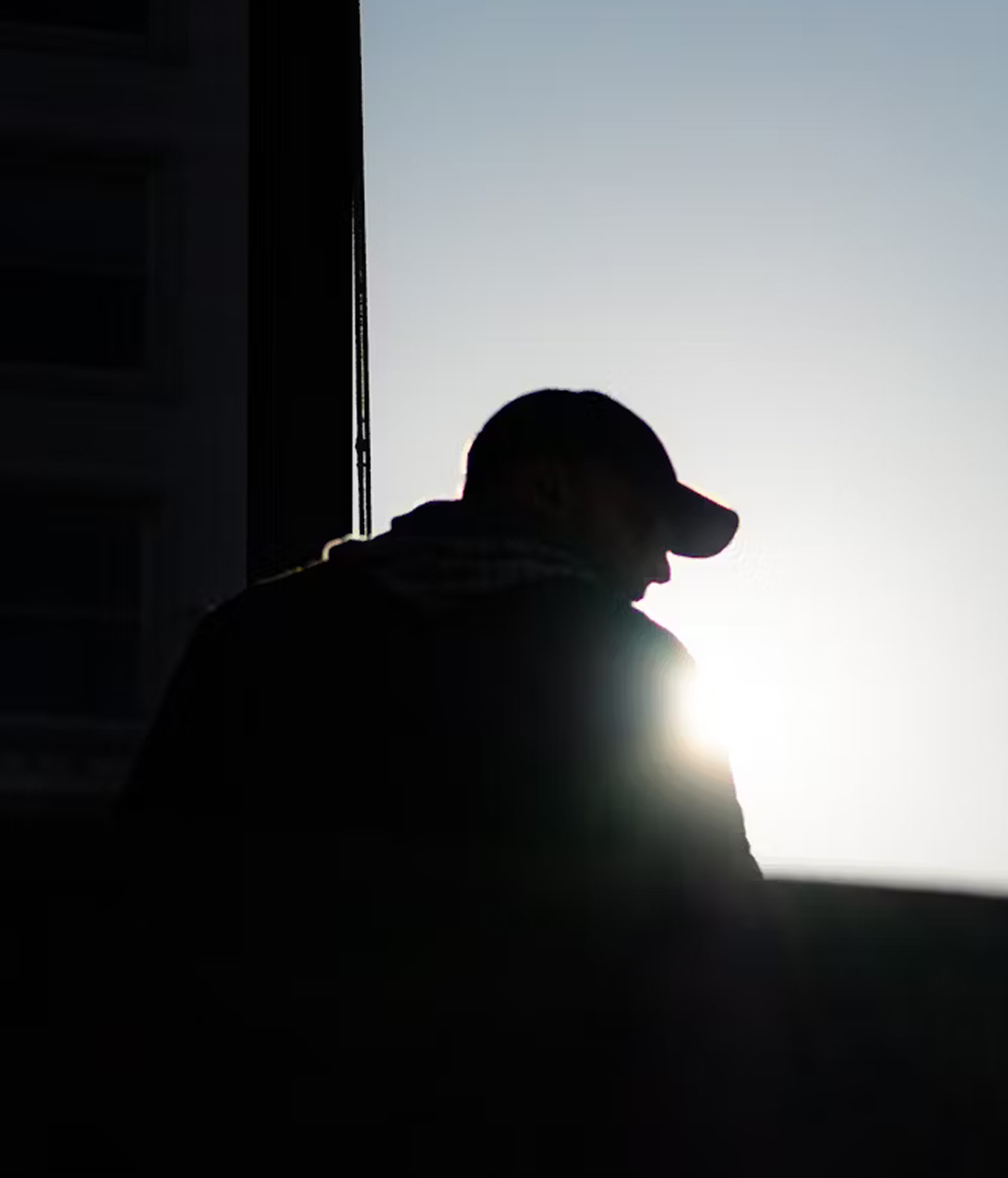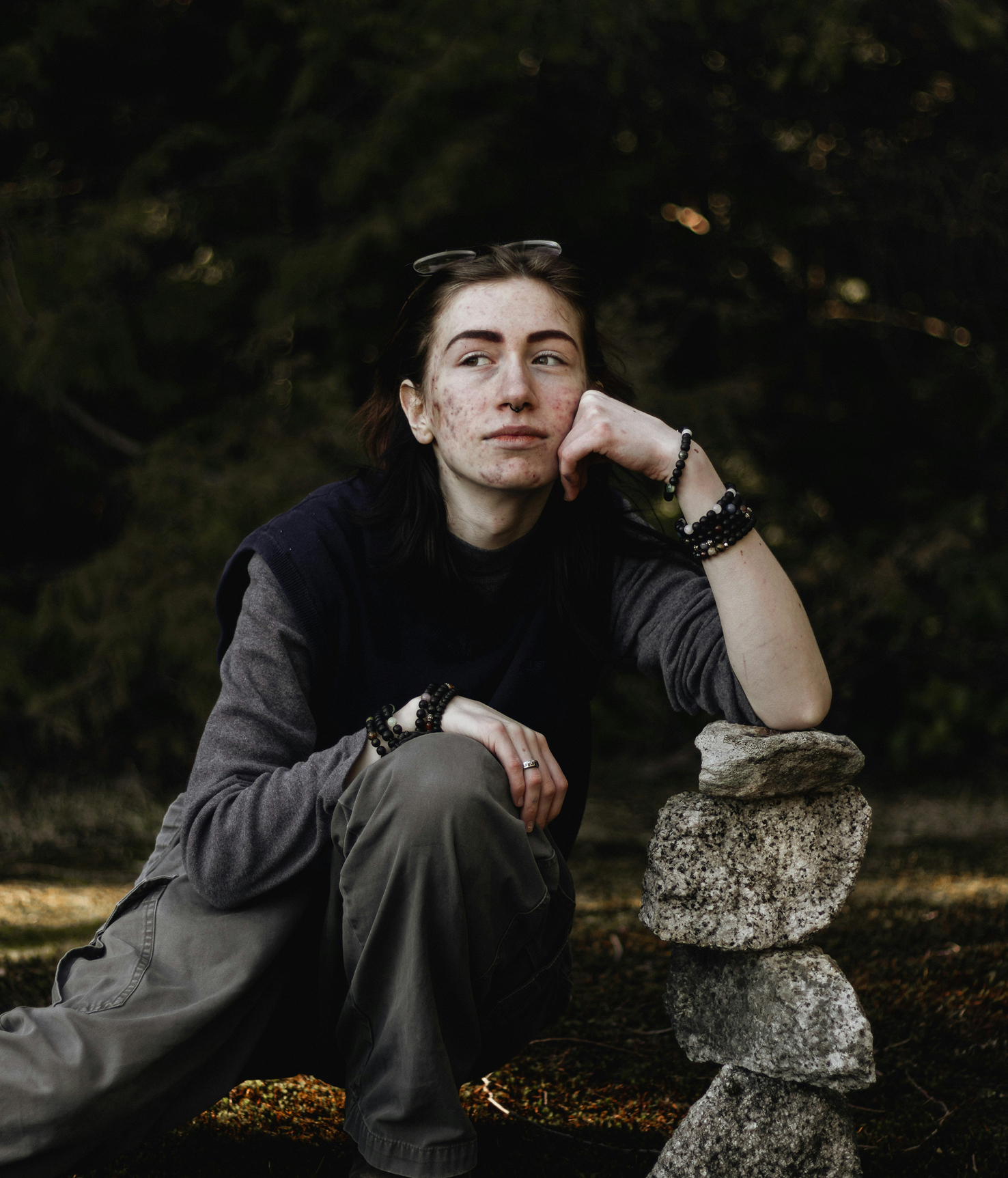Mark grew up in a typical family, full of ordinary hopes and plans for the future. But by the end of high school, everything began to shift. Severe schizophrenia took hold, and the world around him grew confusing and frightening. Medications were given with little explanation, dulling his emotions and leaving him feeling hollow. The symptoms were overwhelming, often pulling him into dangerous situations and landing him in emergency rooms or locked psychiatric wards.
Even though he received treatments considered the “best practice”, Mark never really felt stable. He was stuck in a cycle, brief hospital stays followed by discharges into noisy, chaotic neighborhoods and overcrowded board and care homes. These places were often tense, sometimes unsafe, and always impersonal. “Frightening and crazy,” he called them. In time, the idea of sleeping outside felt safer than going back to those beds. He chose homelessness over fear.
This isn’t unusual. Around one third of people with schizophrenia develop forms of the illness that don’t respond well to standard treatment. They often become high users of public systems—hospitals, jails, emergency services—at a cost of over $200,000 per year per person. But the most painful part is that these cycles rarely lead to real improvement.
When Mark came to ASC Los Angeles, he expected more of the same. But something felt different. The environment was peaceful. There were trees, gardens, and places to sit and breathe. The staff didn’t talk at him, they talked with him. “It didn’t feel clinical,” he said. “It felt like somewhere I belonged.”
He started going to therapy groups because he wanted to, not because he was told to. He took his medication not because he had to, but because he felt better when he did. With time and support, Mark began to reconnect, with others, with his family, and with the parts of himself that had been pushed aside. “It felt normal,” he said. “Like trying to go to college.”
When he left ASC, Mark was hopeful. “I’m sticking with my meds. I want to work part time,” he said. His family echoed that hope: “Things are finally starting feel the way they’re supposed to.”
Mark’s story reminds us of what’s at stake. Even the best treatments won’t work if they’re delivered in a way that feels painful, isolating, or frightening. For people with the most serious mental health needs, recovery depends not only on medications and therapy, but on feeling safe, accepted, and respected. When care is continuous and environments are healing, recovery becomes not just possible, but sustainable. And that is how we make the best use of our shared resources, by giving people a real chance to feel better.



